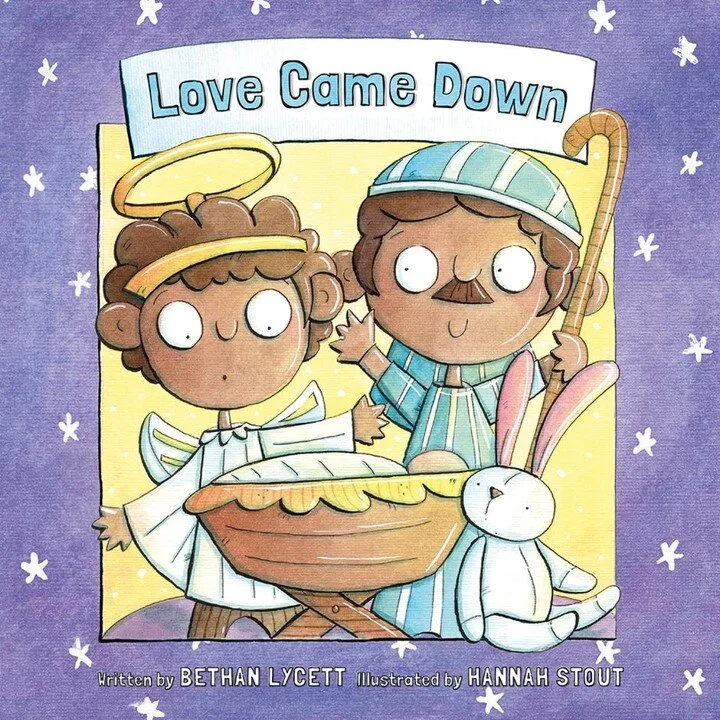Firstly check out last week’s post: Why I’m pro having kids in Church Services for the other side of this argument. I think it’s fairly obvious that I’m pro Sunday School: I blog about it!
Sunday School can reach kids in a way church for all cannot
Imagine giving a sermon, you’ve explained the passage and now you’re thinking through the application: If you’re retired, in work, unemployed, at school, studying, married, single, a parent, at home and if you’re just three years old! That’s a lot of ground to cover and the worst at picking up what applies to them are the youngest – because of that they’re also the most likely to walk away with the ‘I just need to be a better person’ message. It’s also a great place for them to learn Bible study skills, practice reading the word out loud, see how their differences can be useful in building one another up. It’s also a great place for them to get to know adults (other than their parents) well; I visited my old church after 9 months away and my Sunday School class and youth group were the most delighted to see me, because they knew me.
It’s easier for kids who don’t come from Christian families
If you’re brought to church by some neighbours or as a friend of a child from a church family – the whole thing is often a bit weird! Sunday school can be easier because a) it’s more like school which is a familiar situation, b) there are fewer people to get to know, c) leaders can explaining what’s going on and what’s going to happen next, d) there’s more opportunity to be taught and less opportunity to do the ‘wrong’ thing. It let’s the parent’s know that the'ir kids are being cared for, and taking home crafts and worksheets gives them a chance to tell their parents what they’ve been learning.
It gives parents the opportunity to really be in the service
I have mentioned having kids in the service to a parent and they replied, “I know that if my kid was in the service I’d hear about 65% of it – on a good day” another Dad nearby heared 65%, scoffed, and said “more like 30”. These are good parents with good kids who aren’t looking for Sunday School to be entertainment but parenting is hard. If you have to curb the wriggles, explain words, pick up the coins dropped next to the collection bag, help them find the right page, pick them up to see song words, change a stinky nappy etc. it can be somewhat distracting and it multiplies with every child you have. Having children in Sunday School doesn’t relieve parents of the burden of teaching their children but it gives them a time to recieve teaching as well.
There are people who were made to teach kids
There are people teaching in Sunday Schools because they’re filling a need and want the kids to know Jesus. And I am grateful for those hardworking self-sacrificial people: if that’s you the church needs you and you’re great! There are also people who thrive on the challenge of prepping a lesson, thinking of crafts, drawing pictures and, in short, teaching children! Those people are also wonderful and useful and Sunday School is a great opportunity for them to use their gifts.
It makes inclusion so much easier
Smaller groups and separate environments make it easier to accommodate the necessary changes you may have to make for kids with Special Educational Needs. Making time and space for kids to move around, people able to seat visually or hearing impaired kids where they can best access the teaching. there needs to be time for them to integrate and get used to normal church but Sunday School is the best place to learn their needs and take care of them.
It’s a chance to train up future leaders
In a Sunday School you do weekly evangelism, Bible study leading with up front leadership thrown into the mix. It requires good planning and creative thinking, careful anticipation and on-the-on-the-spot thinking, boundless enthusiasm and careful consideration plus a tonne of prayer. All these skills are super useful in any context and, for young leaders especially, learning and practicing those things with children is a less intimidating crowd.
Now that you’ve read both sides of the argument let me know where you fall or how you’ve worked out a happy middle to give your kids the best of both worlds.

















